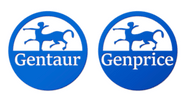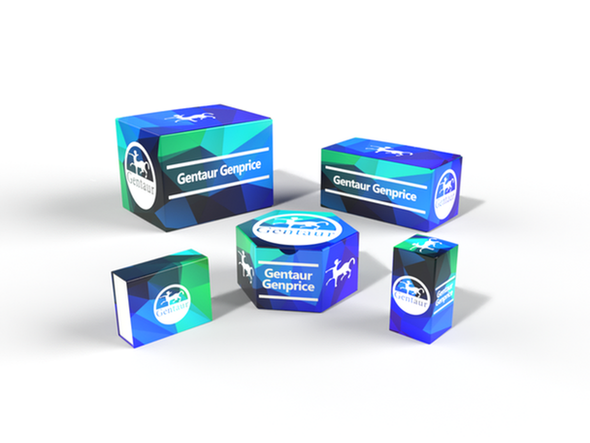Description
SYVN1 Antibody | 29-860 | Gentaur UK, US & Europe Distribution
Host: Rabbit
Reactivity: Human, Mouse, Rat
Homology: N/A
Immunogen: Antibody produced in rabbits immunized with a synthetic peptide corresponding a region of human SYVN1.
Research Area: Membrane, Cancer, Signal Transduction
Tested Application: E, WB
Application: SYVN1 antibody can be used for detection of SYVN1 by ELISA at 1:1562500. SYVN1 antibody can be used for detection of SYVN1 by western blot at 0.25 μg/mL, and HRP conjugated secondary antibody should be diluted 1:50, 000 - 100, 000.
Specificiy: N/A
Positive Control 1: Tranfected 293T Cell Lysate
Positive Control 2: N/A
Positive Control 3: N/A
Positive Control 4: N/A
Positive Control 5: N/A
Positive Control 6: N/A
Molecular Weight: 67 kDa
Validation: N/A
Isoform: N/A
Purification: Antibody is purified by peptide affinity chromatography method.
Clonality: Polyclonal
Clone: N/A
Isotype: N/A
Conjugate: Unconjugated
Physical State: Liquid
Buffer: Purified antibody supplied in 1x PBS buffer with 0.09% (w/v) sodium azide and 2% sucrose.
Concentration: batch dependent
Storage Condition: For short periods of storage (days) store at 4˚C. For longer periods of storage, store SYVN1 antibody at -20˚C. As with any antibody avoid repeat freeze-thaw cycles.
Alternate Name: SYVN1, HRD1, KIAA1810, MGC40372, DER3
User Note: Optimal dilutions for each application to be determined by the researcher.
BACKGROUND: SYVN1 is a protein involved in endoplasmic reticulum (ER) -associated degradation. The protein removes unfolded proteins, accumulated during ER stress, by retrograde transport to the cytosol from the ER. This protein also uses the ubiquitin-proteasome system for additional degradation of unfolded proteins.This gene encodes a protein involved in endoplasmic reticulum (ER) -associated degradation. The encoded protein removes unfolded proteins, accumulated during ER stress, by retrograde transport to the cytosol from the ER. This protein also uses the ubiquitin-proteasome system for additional degradation of unfolded proteins. This gene and the mitochondrial ribosomal protein L49 gene use in their respective 3' UTRs some of the same genomic sequence. Sequence analysis identified two transcript variants that encode different isoforms.










